Gregor and I were sweating inside the van, hiding from the nasty swarms of mosquitos at our campsite. It had rained the night before, and the midday heat brought out a fresh crop of the biting devils. The breeze from our little 12-volt fan was not particularly refreshing – it was just pushing hot air around. Lucky was basically a giant convection oven, roasting two traveling chickens basting in their own sweat. The hungry mosquitos outside were waiting for their lunch.
Here’s the thing…I can handle mosquitos but not extreme heat (I turn into a lethargic, stinky mess). Gregor, on the other hand, can handle extreme heat but not mosquitos (he turns into an itchy, fly-swatting maniac). We were both irritated by each other’s handicap and by our own personal discomfort. On top of it all, we were nervous about our border crossing into Belize the next day. Gregor and I were not in good shape.
Looking back, we were probably so anxious that day because we really didn’t want to leave Mexico. Having traveled in the country for over three months, we were comfortable with the way things worked there. We knew what to expect and what not to expect. And it was just so EASY. People were friendly, helpful, and easy-going. We could get anything we needed from street vendors, small shops, supermarkets, and big box stores. It seemed fairly easy to navigate through the main roads and find places to camp.
Other travellers told us repeatedly: “It just gets worse from here. The roads, the food, the access to amenities…it gets harder as you go further south.”
No matter how cushy Mexico was, it was time to move on. But despite our research of Belize’s tourist destinations, driving conditions, and travel logistics, we still feared the unknown.
—————
Preparing for the Border
We prepped for our border crossing from our campsite at Yax-Ha Cabanas and Trailer Park in Calderitas, located on the Mexican coast just north of the Belize border.
We decided to camp at Yax-Ha because of its proximity to the city of Chetumal, which had a Walmart. Now we don’t usually shop at Walmart back home, but that was where we could find comfort foods like peanut butter, real mayonnaise, pretzels, and Nature’s Way granola bars. We also heard that everything in Belize is more expensive than in Mexico (many products cost as much as in the US and Canada due to heavy import taxes). To stay in budget, we put aside our morals around sustainable consumerism and stocked up on food and toiletries at the evil megastore. What can I say…you can choose the devil you know or the devil you don’t know.
We also filled up with gas and potable water, not knowing what to expect on the other side.
The state of Quintana Roo has coin-operated do-it-yourself water filling stations, where you can fill a 20-L container of purified water for less than $1 CAD. Gotta love Mexico!
After our shopping spree, we gathered all our immigration paperwork and consumed the last of our fruits and veggies (you’re not allowed to bring any of these across the border to Belize). We spent the last of our Mexican pesos on beers at the campground’s restaurant and on tipping the campground’s gardener (he was working hard on the mosquito-infested grounds).
Pesos were gone, papers were sorted, and Lucky was provisioned. Our nerves settled down for a good night’s sleep.
————
Belize Border Crossing: May 1, 2015
Gregor and I specifically chose to enter Belize on a Friday (May 1) instead of the weekend, just to give us a better chance of finding an open shop that would sell us an iPhone SIM card.
We crossed the border without a hitch (your can read our detailed border crossing description here: Crossing into Belize via Chetumal, Mexico). It helped that the official language in Belize is English (the country was a former British colony that gained independence in 1981). Both the immigration officer and customs officer were rotund black ladies that spoke English with a Caribbean accent (ya, mon!). Having spent the last several months struggling with Spanish, it was weird to converse in English again.
The laid-back nature of the border crossing staff also made our entry into Belize quite easy. Usually, people who work at borders are all business or all bored. The Belizean staff we encountered showed a bit of curiosity and even playfulness. Mix this with pearly white smiles and that adorable Caribbean accent and you have our first impression of the Belizean people.
—————
Getting Oriented
After passing through Belizean customs, we bought vehicle insurance for Lucky. The cheerful clerk at the Insurance Corporation of Belize was a Hispanic-looking fellow who spoke English with that same endearing Caribbean accent. The Hispanic-Caribbean thing took me by surprise because I’ve never experienced this audio-visual combination before.
I asked the insurance clerk where we could find a BTL office (Belize Telemedia Limited) so that we could buy Gregor a SIM card.
“You can buy da SIM card in Corozal, but da BTL office is closed,” he said, pointing at his office calendar. “May 1 is Labour Day holiday in Belize. De shops ah closed today.”
Gregor and I felt pretty silly. We didn’t even think about checking national holidays! The guy wasn’t kidding about shops being closed.
The only shops that were open were the ones run by Chinese immigrants. Surprisingly, there were lots of Chinese markets in Corozal.
We poked around one of the grocery stores to see what was on the shelves. We saw a wide variety of toiletries, packaged grains and cereals, canned meats and vegetables, and lots of bottled rum – all covered in a layer of dust.
There was not much in terms of produce. Mostly hearty foods like onions, garlic, ginger, cabbage, carrots, and potatoes. There were some blackened bananas, rotting tomatoes, and furry green peppers. We picked up a couple of bottles of their local lager, Belikin.
The grocery clerk was an Asian teenaged girl who first spoke in rapid Chinese to someone across the store, then turned to speak to her two Belizean co-workers at the till. Get this…She spoke perfect English with a Rastafarian accent. What the whaaat?! This totally blew my mind. Lonely Planet didn’t mention anything about this linguistic oddity. I later learned that this is actually not that odd in Belize…
—————
A Short History Lesson
Belize has 8 distinct cultural groups:
- Creole, the descendants of African slaves and European colonial-era settlers (or “British pirates” according to Lonely Planet). They comprise a third of Belize’s population and speak the Kriol language.
- Garifuna, descendants of Carib, Arawak and West African people. UNESCO proclaimed the unique Garifuna language, music, and dance as a masterpiece of Oral and Intangible Heritage of Humanity in 2001. A local once told me that the Garifuna are “black blacks” while Creoles are “brown blacks”. Sounds politically incorrect, but it’s kinda true.
- Maya, the first known inhabitants of Belize. They make up 10% of the country’s population and look a lot like Guatemalan people. Belize has the largest population of Maya per capita and three main Mayan dialects can be heard throughout the country.
- Mestizo, the descendants of Maya and Spanish settlers who immigrated to Belize during the Caste Wars of the Yucatan (in Mexico). They look similar to Mexicans, speak Spanish, and are predominantly in northern and western Belize.
- East Indian, originally brought to Belize in the early 1800s to work on sugar plantations. More recent immigrants from India now work in the Belize’s merchant and business sector.
- Mennonite, religious sects with German ancestry. There are two Mennonite sects that form a big part of the farming community in Belize. They maintain similar religious practices, customs, and lifestyle to old-school Mennonites in Manitoba, Canada.
- Arabs, who immigrated to Belize in the late 19th century. Many Lebanese, Palestinians, and Syrians work as merchants throughout the country.
- Chinese, descendants of 470 labourers who arrived in Belize in 1865 to work on the sugar estates. Now they operate mainly in the restaurant and merchant industries.
Which brings us back to the Rasta-Asian teenager in the grocery store…There is obviously a lot of cultural mixing going on in Belize. Having learned this, my assumptions around how people should sound based on how they looked were officially smashed.
Side note:
A local resident recently asked me if I was Belizean. Apparently, I fit in quite nicely here. Gregor says I could probably take advantage of local discounts if he hides in the van. I would have to work on my Rastafarian dialect, though.
—————
Driving to Sarteneja
We decided to spend our first night in Sarteneja, a tiny fishing village on the northern coast. I read about a hostel there called “Backpacker’s Paradise”. Other overlanders said we could safely leave Lucky at the hostel for a few days while we explored the nearby island of Caye Caulker.
As we drove on the Belize highways, we noticed that the speed signs were in miles per hour instead of kilometres per hour (as in Mexico). We also noticed that people didn’t speed as much as they did in Mexico, nor seem as impatient or reckless. It was a welcome change of pace.
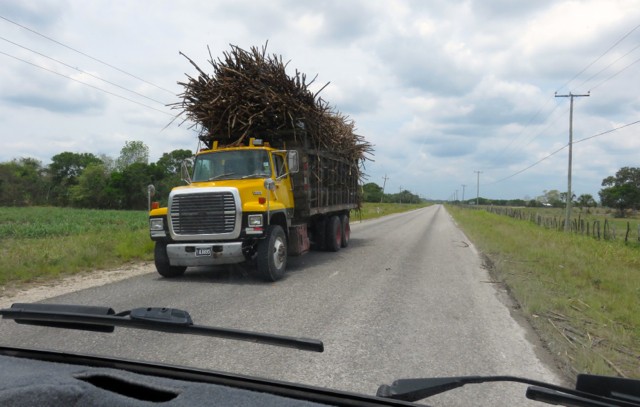
Overloaded with sugar canes
On the way to Sarteneja, we stopped at the town of Orange Walk to get money, gas, lunch, and produce.
Gas cost a whopping $2.65 CAD/L! It’s currently $1.25/L in Mexico and $0.97/L in Canada. By the way, gas is sold in US gallons in Belize.
The colours and textures of the Belizean houses were really interesting.
We turned off a nicely paved highway and drove a dirt road for almost 2 hours to get to Sarteneja village.
The turquoise blue water along the shoreline was stunning.
It was pretty easy to find Backpacker’s Paradise. The campground wasn’t actually near the water. It was in the middle of the hot, humid jungle outside of the village.
The campsite was swarming with tons of ferocious jungle mosquitos, but thankfully there was a screened in common area where Gregor and I could work. No roasting in the van!
The horses on site ate mangos that kept falling from the trees above us. This one put the whole mango in his mouth and then spit out the pits. So weird.
The best part about the campground was the shower shack…
The shack not only satisfied my shower fetish, but the mural on it reminded me of the reggae song “Three Little Birds”:
Don’t worry about a thing,
‘Cause every little thing gonna be all right…
By the end of our first day in Belize, our fears around entering this new country had dissipated. We crossed that boundary, discovered the lay of the land, and started to feel excited about venturing into the unknown again.
As Bob Marley said: Every little thing gonna be all right.

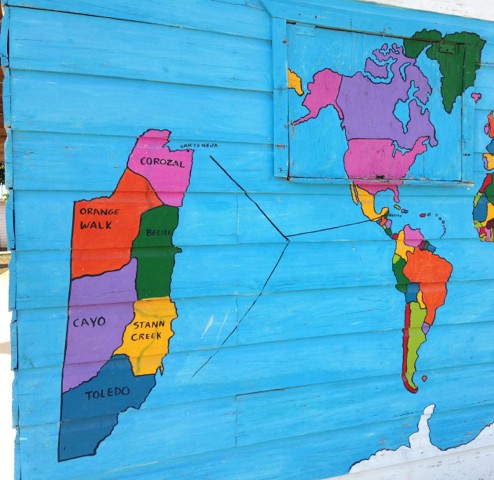

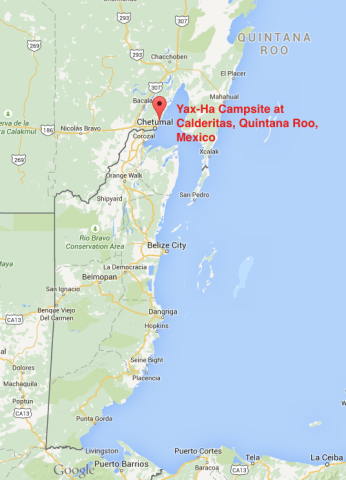
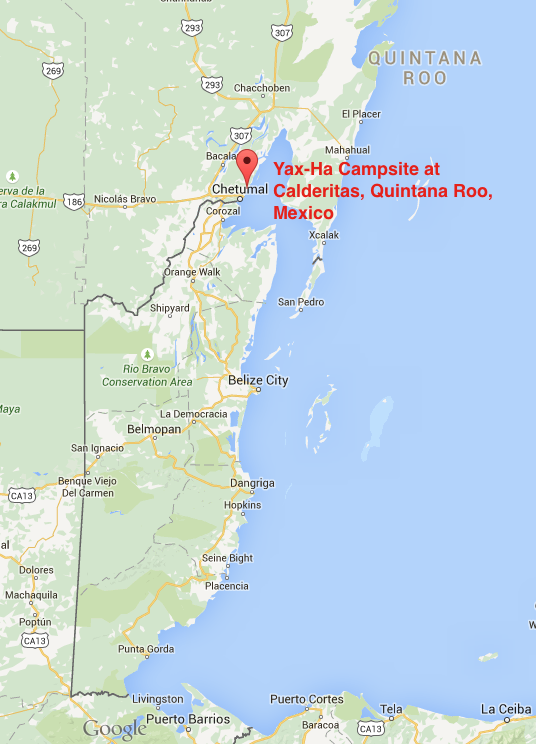
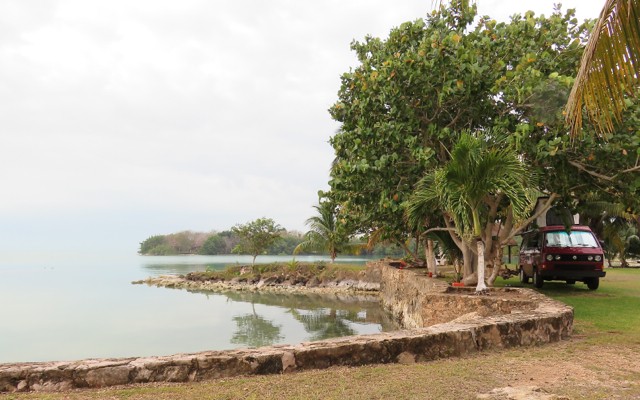
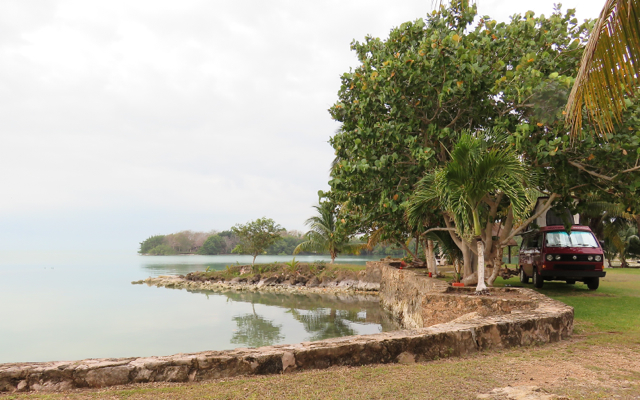
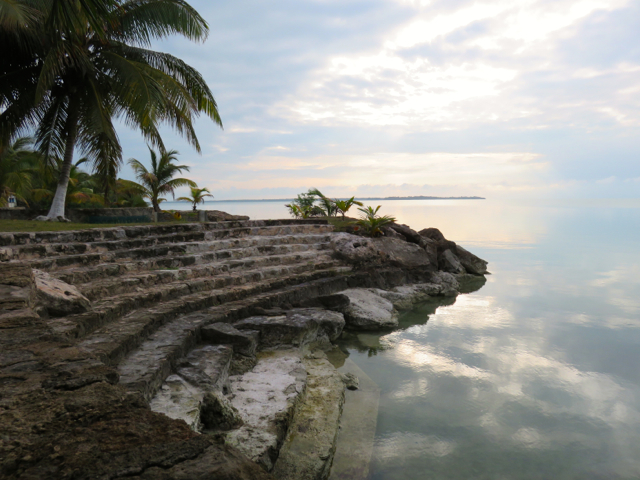
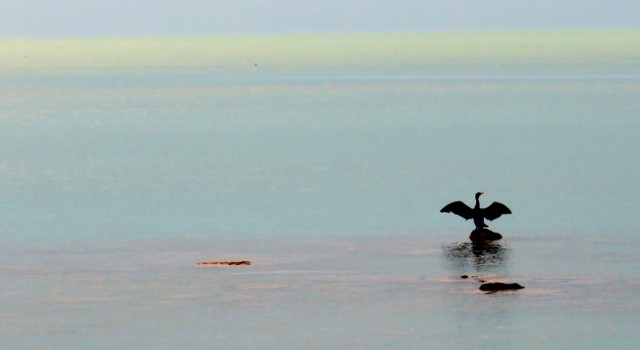
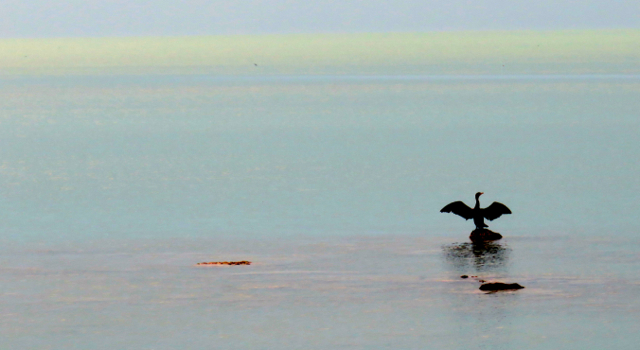
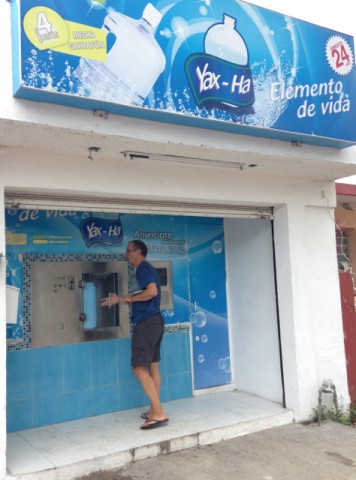
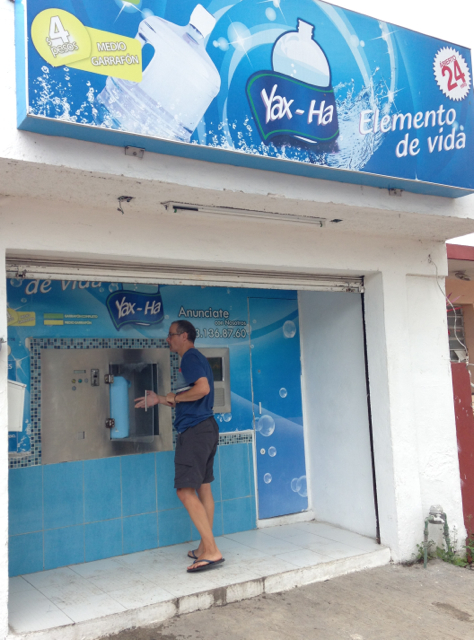
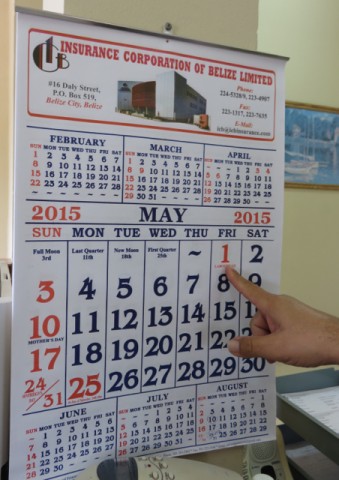

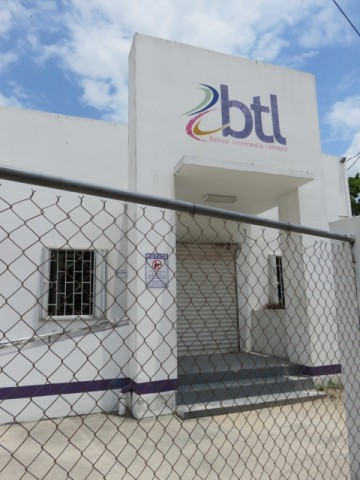

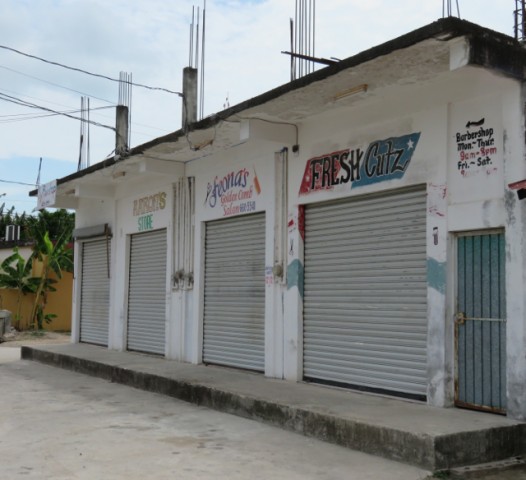

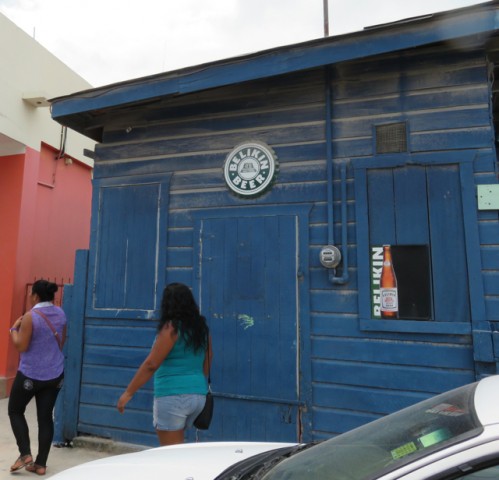

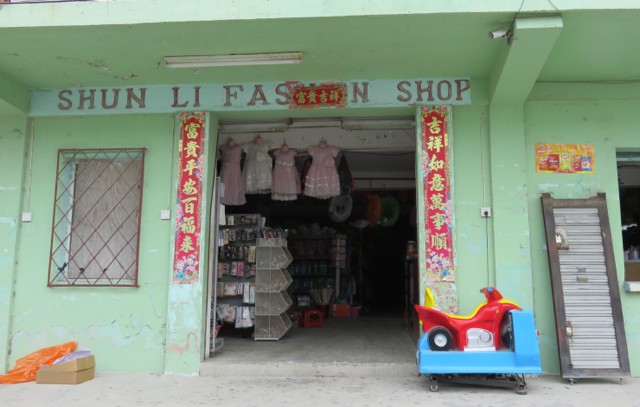


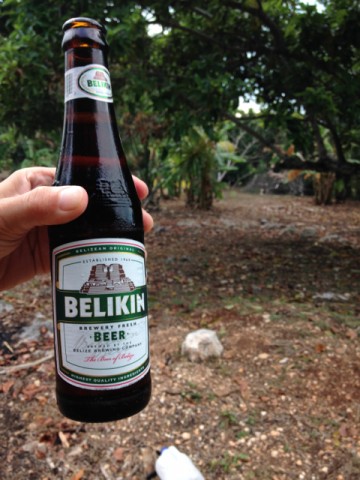

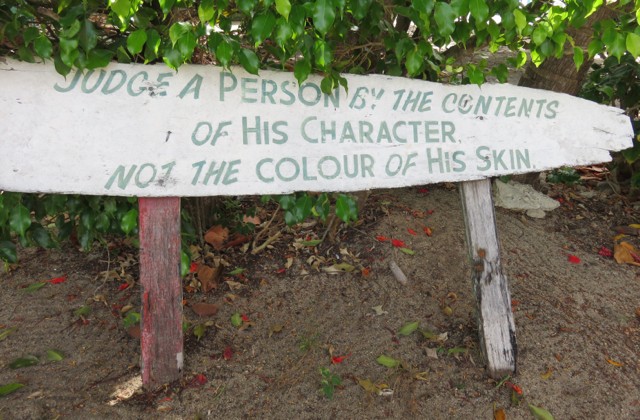
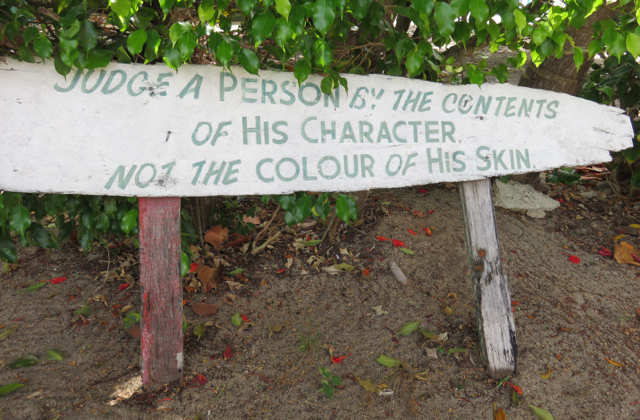
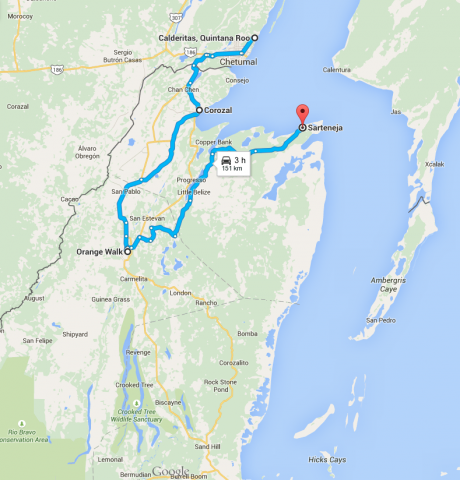
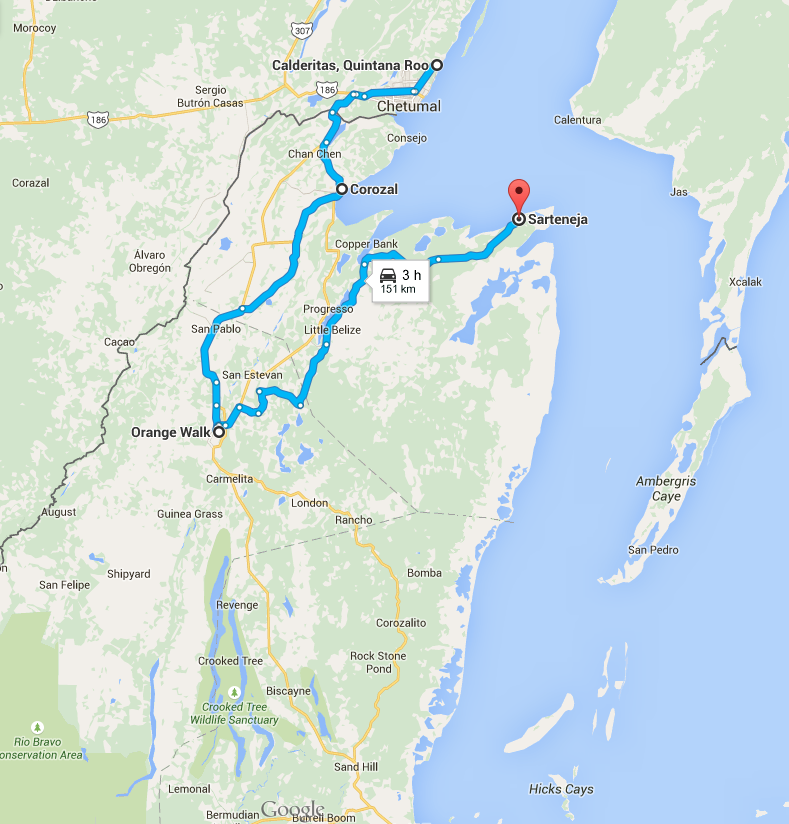



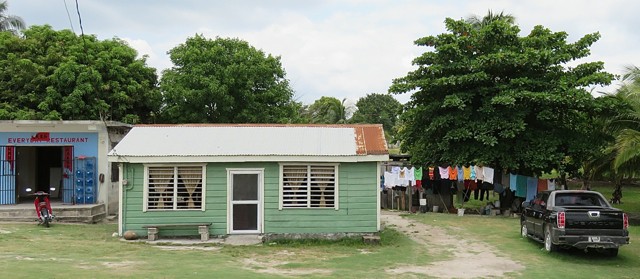

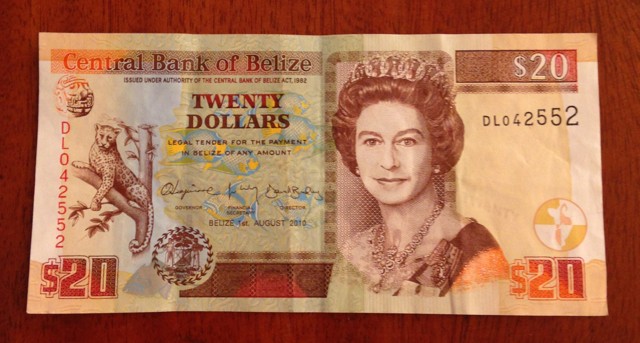

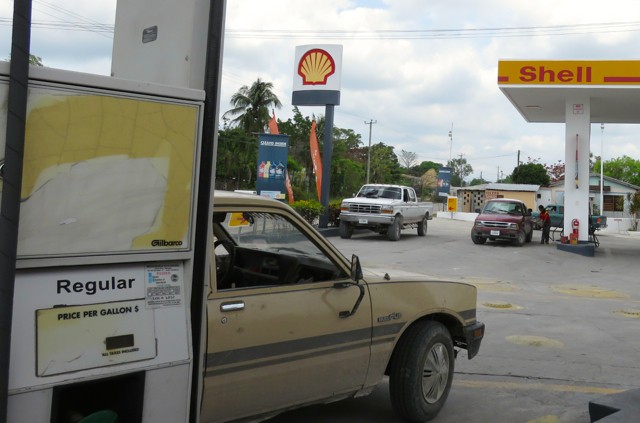


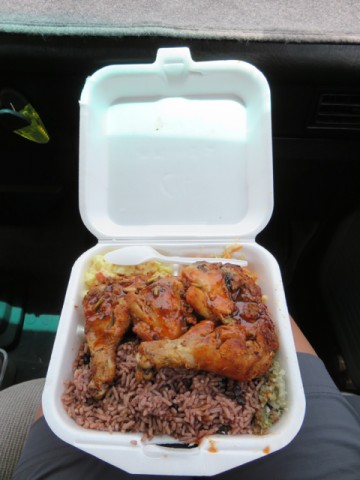


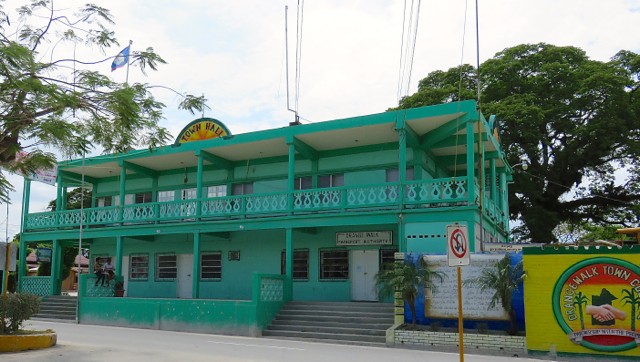



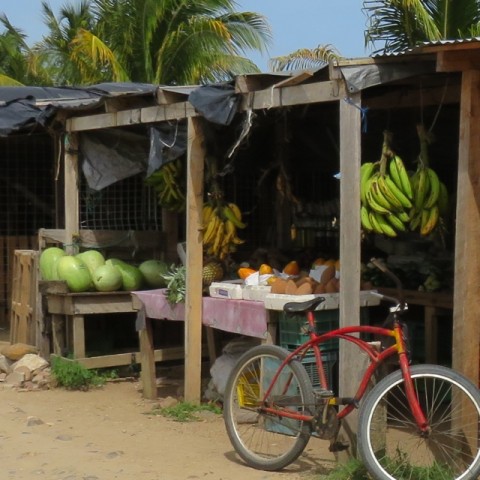

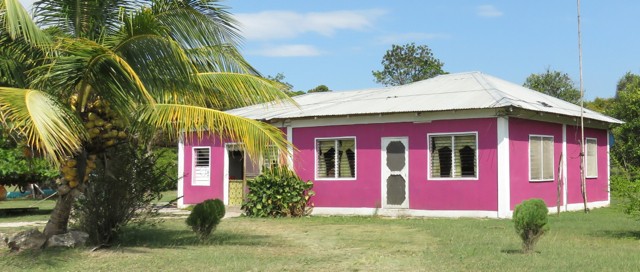



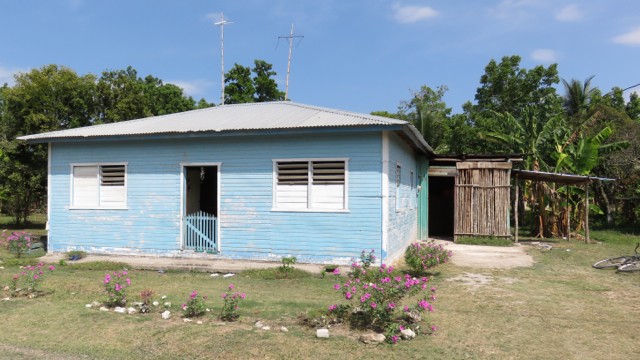

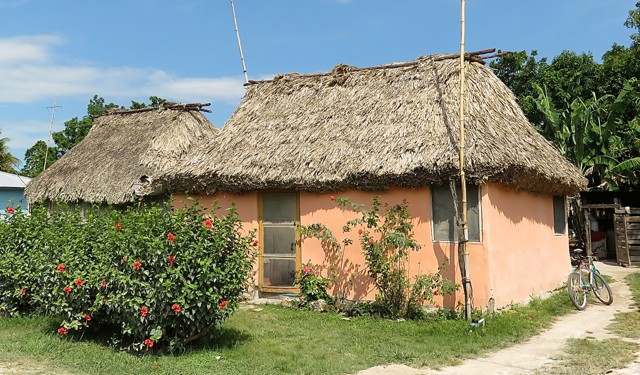

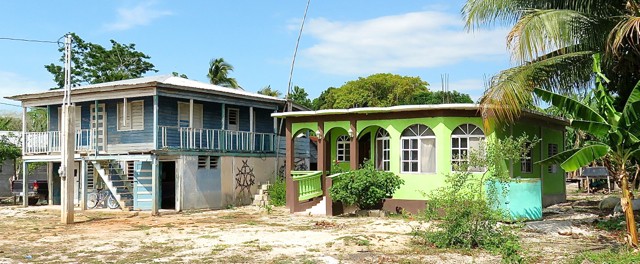

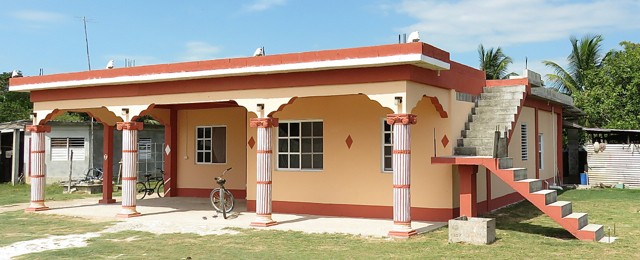

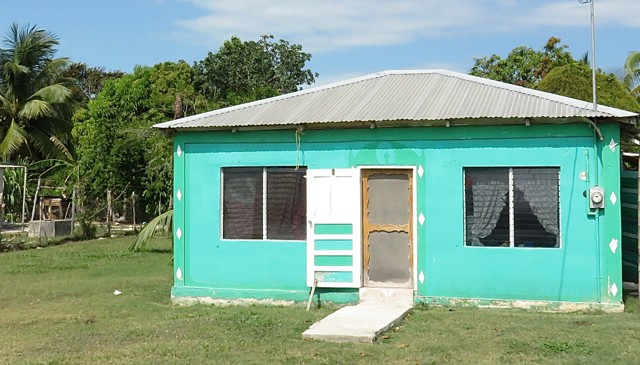






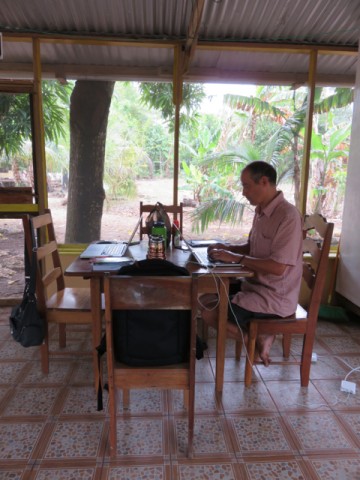


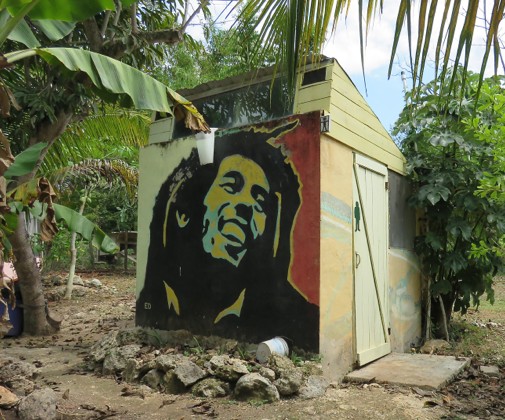

Wow, what great writing and photography! I wish we were there with you guys, it looks wonderful! Thanks for sharing your adventures with us.
Hi James, glad you liked the post. Thanks to the GoPro, we were able to capture some great shots 🙂 We wish you guys could be here, too. So much to see!
Janice, you do an outstanding job on your blog. This one really set off the old “time to go vacationing and explore new areas heartstrings”!!! Belize has always been on our must do list. Love that you guys are having such a good time!! Looking forward to meeting up with you on your travels! Safe travels!
Love Gesine
Geez, you just got back and now you want to go away again! You could always drive to Belize 🙂
we had a good laught ! Thanks for sharing all your great and bad time…. We are soooo travelling with you thru those great pictures ! Thanks and keep writting
Glad you like our little misadventures! Thanks for sharing them on your FB page, Cidallia. Looks like you had fun at the cabin on May Long Weekend (even in the snow!). If I could only stop sweating – just for one day…